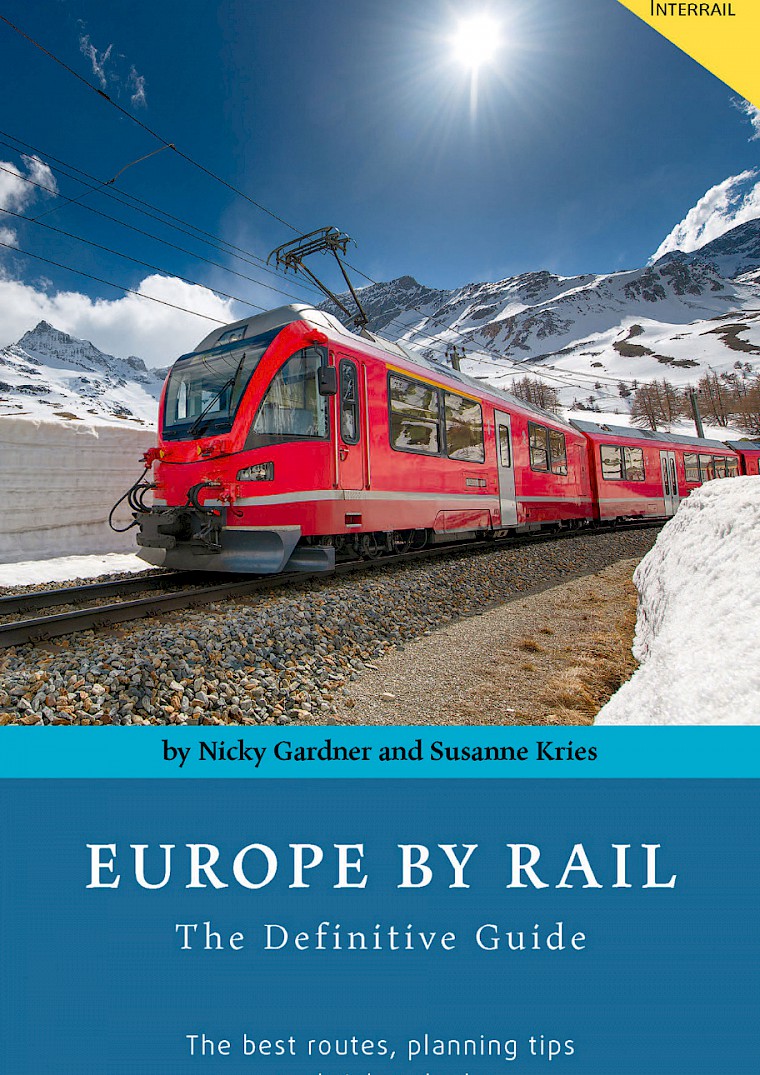We all like to have our egos stroked. And writers of guidebooks certainly know how to groom their readers. For an earlier generation of travellers, books in the Blue Guide series nicely appealed to a cultivated readership. A density of terms garnered from art and architecture flattered those who could understand them, and quite probably Blue Guide readers really did know a crepidoma when they tripped over one.
Blue Guide readers toured the classical sights of southern Europe, and returned to their homes books The lure of the local in sun-starved northern lands secure in the knowledge that they had been travellers rather than tourists. And it is that search for authenticity, the unspoken need for publisher and reader to collude in mutually agreeing that the guidebook user is more than a mere tourist, which has shaped the guidebook industry since its inception.
Early books in the Blue Guide series tackled the authenticity issue by favouring the sacred over the profane and emphasising the old at the expense of the new. This is a time-honoured trick, one deployed to good effect by the second-century travel writer Pausanias in his ten-volume Periegesis Hellados (Description of Greece).
Other publishers have followed the Holy Grail of authenticity in other ways. For the UK publisher Bradt Travel Guides, the sheer boldness of their title list (which includes guides to Turkmenistan, Yemen, Belarus and Spitsbergen) has a spill-over effect even when the publisher ventures into tamer terrain. The Bradt list suggests that the publisher, and by implication his readers, know the difference between travel and tourism.
Some guidebook writers quietly communicate to their readers that they could do a lot better than settling for a holiday in a mass-tourism resort. Thus the Rough Guide to Andalucía reminds readers that the journey to Torremolinos “is a depressing trawl through a drab, soulless landscape,” only to arrive at a “vast, grotesque parody of a seaside resort.” There is a latent conspiracy at work here, drawing the reader into the author’s opinion that Torremolinos is beyond redemption and allowing the reader to feel good that she or he had no plans to go to Torremolinos anyway.
If a preoccupation with high culture was for long the way that travel writers signalled their disdain for mass-tourism that had to change as travel became a mass phenomenon.



